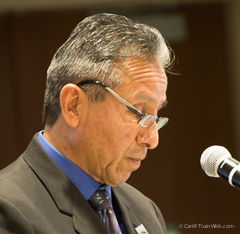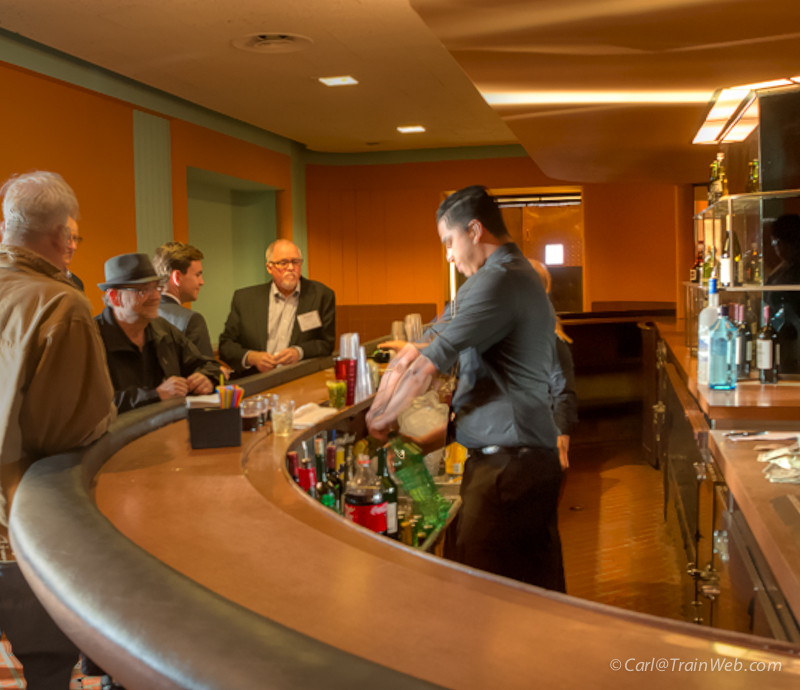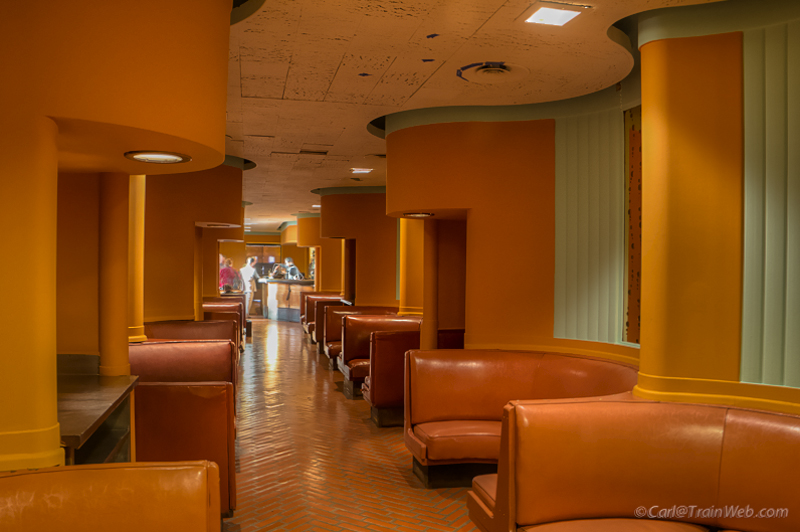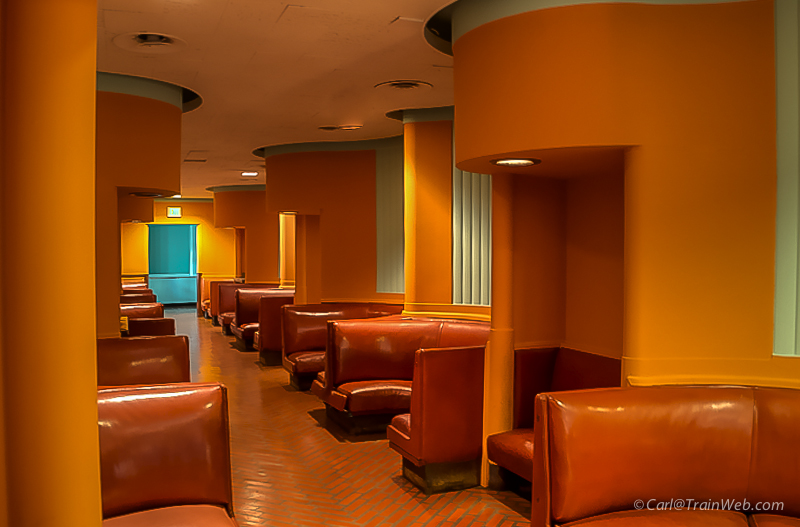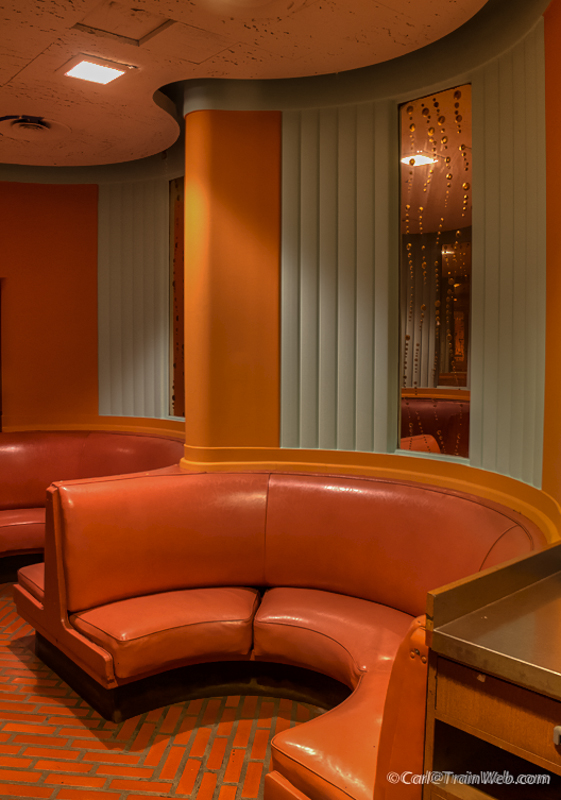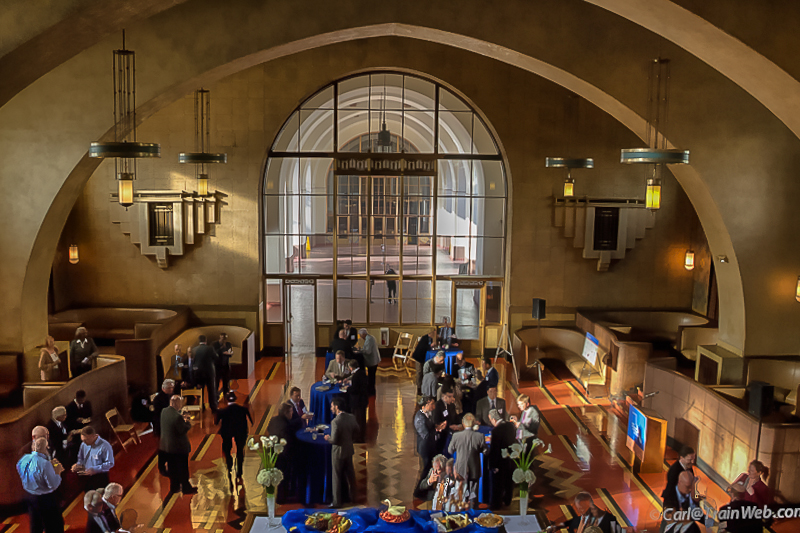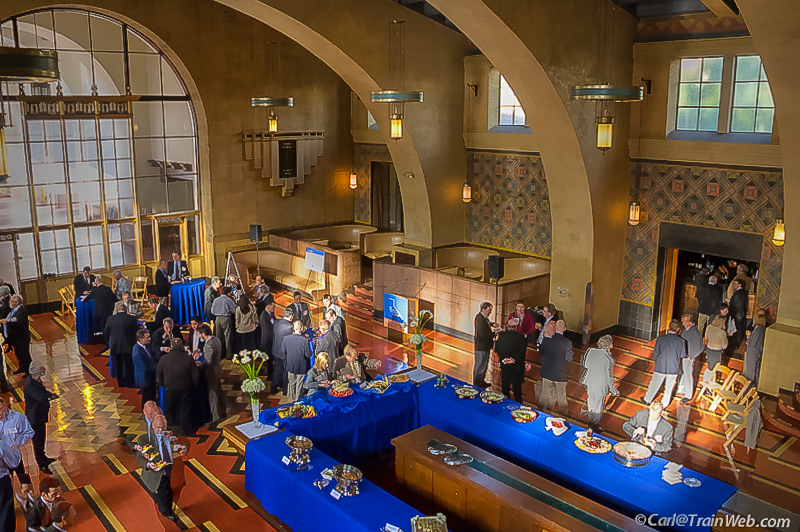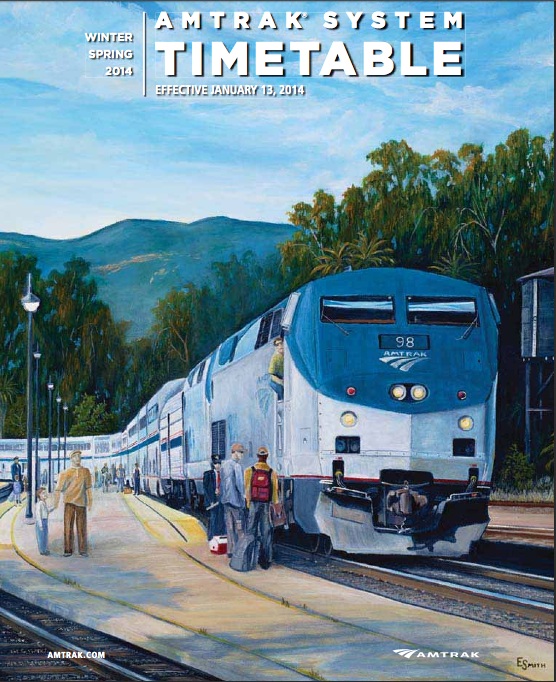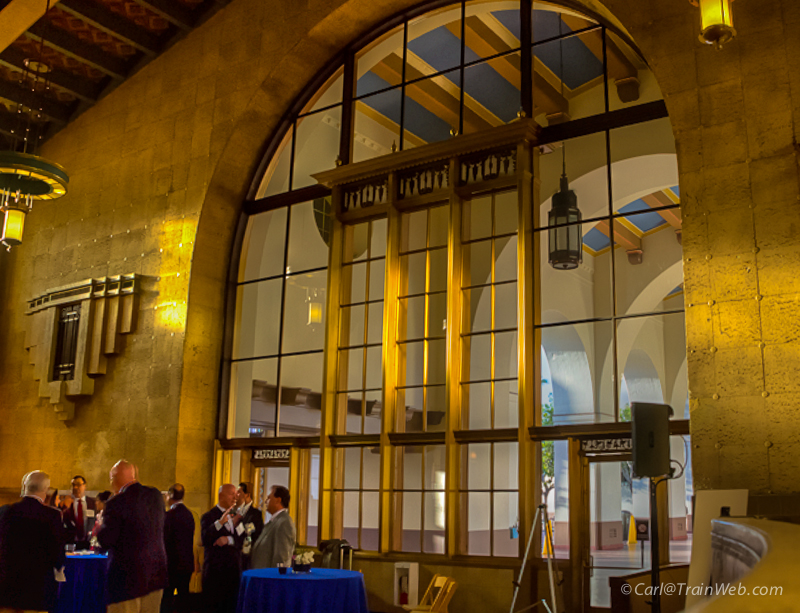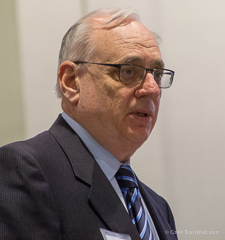Tom Kirk / Moderator (CVAG) Moderator
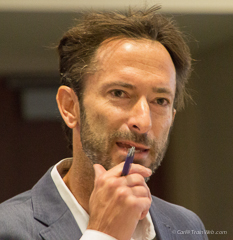
Pete Rodgers (SLOCOG)
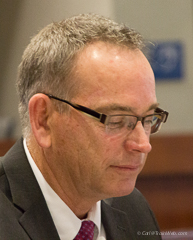
Link to his presentation slides. (Open in Adobe Reader)
Hon. Glenn Miller (City of Indio)
Twenty percent (124) of all golf courses in California are in Coachella Valley.
Palm Desert recently held a tennis tournament and attracted 450,000
people. Coachella Valley is on the route of the Sunset Limited
between Los Angeles and Phoenix. Currently that route is mostly
freight trains.
Christina Watson (TAMC)
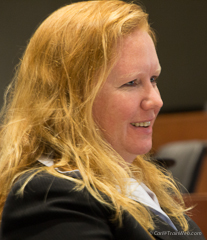
Monterey County's largest city is
Salinas. Its main industry is agriculture with three growing
seasons and lots of produce trucks on the roads. Their second
industry is Tourism.
Lauren Skiver (Sunline Transit)
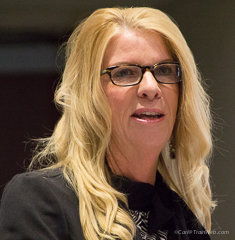
Passenger service to a vacation
area must include facilities on the transportation system so they can
take all their stuff to the beach.
Lauren Skiver talked only about a past study completed in Delaware where she previously worked five months ago.
Link to her presentation slides.
Hon. Paul Lewin (City of Palm Springs)
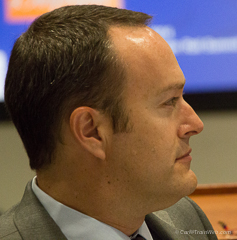
Paul Lewin said it is 104 miles
from Palm Springs to Los Angeles, usually 3 hour's drive, but he took 5
to assure he could be at this meeting on time. Traffic congestion
means lost economic opportunity. All traffic between the
Coachella Valley and Los Angeles is currently by way of I-10.
Panel 5 - Out of many systems – One Network
Don Sepulveda (Metro) Moderator
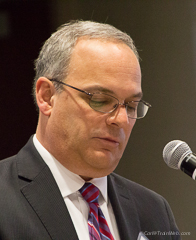
Paul Dyson (RailPAC)
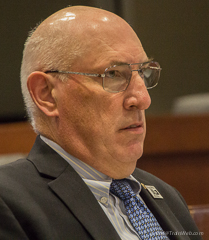
Paul Dyson said that It is always better to be for something rather than against something.
Instutional Relationships make the rail network work.

Mr. Dyson showed the graphic above and stressed that Southern
California and Switzerland are about the same size, each with
mountains, yet Switzerland has an excellent rail system. There
are 33 million arrivals at LAX and there is only one Flyaway Bus every
30 minutes to serve them as transportation to downtown. The
Flyaway Bus should be upgraded to every 15 minutes, double the current
schedule.
David Kutrosky (CCJPA)
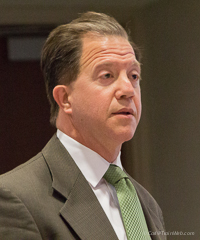
His CalTrain has a free rail to bus transfer, but you must get the transfer from the Conductor. His 3 "Cs" of CalTrain are Connectivity, Communication, and Convenience.
James Dreisbach-Towle (SANDAG)
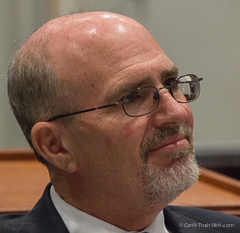
James Dreisbach-Towle talked about
his San Diego Compass Card. 90% of the passengers use the Compas
card on the combined 9 transit agencies in San Diego County.
There is a mobile app that can predict congestion. The cell phone
can become a Universal Transportation Account. Car, bike, and
Segway huts are planned at transportation terminals.
Link to his presentation slides.
Bryan Pennington (LA Metro)
Chad Edison (CalSTA)
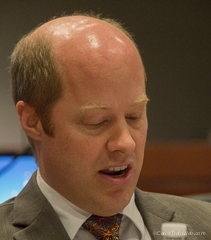
The next Rail Plan will be in
2017. Plans for next year include information to passengers on
how to use the system more efficiently. He is using the
California Houlsehold Travel Data Report. If 10 - 15% of all
trips are by rail, that is good. With HSR it should go up to
30%. Google Transit Data is used by all transit agencies.
Panel 6 - Shared Rail Corridor Success Stories
Hon. Salud Carbajal (Santa Barbara County) Moderator
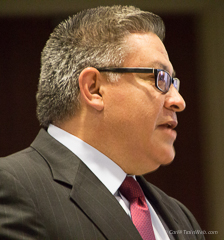
John Standiford (RCTC)
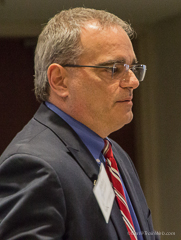
The first expansion of Metrolink in
20 years will be the addition of 24 miles to South Perris,
California. The expansion started in 2013 with the purchase of
the right-of-way from Southern Pacific. It will be opened in
2015. In the future, Riverside County will be the 2nd largest
populated county. This private alternative to driving is needed
to bring in jobs. Some workers are making the 60 mile drive into
Orange County now. One station will be Hunter Park, a high tech
area. March Field is to become the University of California
Offices and will be near the station. South Perris Station is the
current last planned station. Hemet and San Jacinto, and
Coachella Valley want stations as well. Some of the line will be
double-tracked to safely separate passenger from freight.
Royce Gotcher, CalTrans
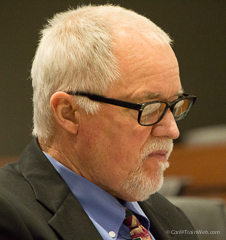
Raising
the top speed on a railroad compared to the average speed: Top
Speed of 79 means 50+ average mph, 90 top speed means 60+ average
speed. Locomotives and operators used to be owned by the
railorad, but now are leased. You must have trust between
passenger and freight railroads.
D. J. Mitchell (BNSF)
David Kutrosky (CCJPA)
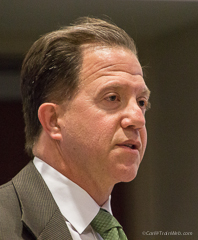
There are 170 miles in the Capitol
Corridors. There are 3 sections: Sacramento,
Oakland/San Francisco Bay Area, and San Jose. They have gone from
6 to 14 trains daily serving San Jose and Silicon Valley. They
are Class 5 but need track improvements to run 90 mph.
The Moderator asked the panel what
the most important thing to do to get agreements with Union
Pacific. Panel members agreed that it was important to go to
Omaha, home of UP. In the audience, a retired UP guy said that
Capitol Corridor got their original agreement with Southern Pacific and
SP had a different business plan than Union Pacific, who bought
SP. Therefore, the Capitol Corridor agreement was not possible to
be made any more.
Richard Phelps, RailPlan
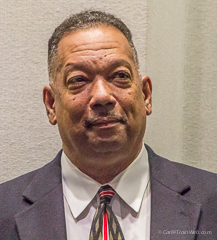
Richard Phelps gave many insightful
suggestions after each panel presentation. He was a former Amtrak
executive and now works for RailPlan.
Panel 7 - Strategy Roundtable/Call to Action
Hon. Helene Schneider, (LOSSAN)
David Golonski, LOSSAN JPA
Don Sepulveda, Metro, Conference Co-Chair

Bob Manning, SWRPA, Conference Co-Chair
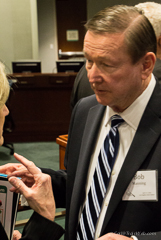
Jennifer Bergener, LOSSAN JPA (Moderator)
Hon. Greg Pettis, (SCAG) Closing Remarks



